|
|
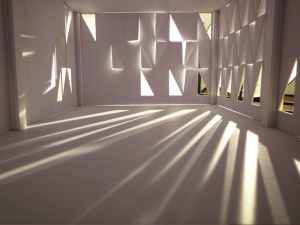
Light Intrusion, Lau Man Wai Vivian
This thesis would explore the use of natural light in the era of electricity to show that it is not only remained as a potential source of order in architecture, but imposes a creative discipline on design. The thesis would develop a new perception of light to alter and enhance the atmosphere and environment of an existing building.
“Architecture is the masterly, correct and magnificent play of masses brought together in light.”
– Le Corbusier
WHAT?
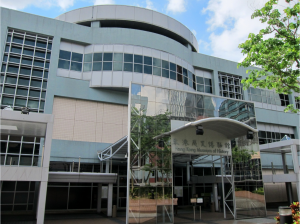 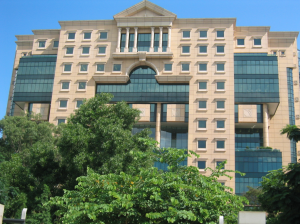 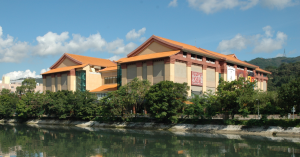
Hong Kong Museum of History Hong Kong Central Library Hong Kong Heritage Museum
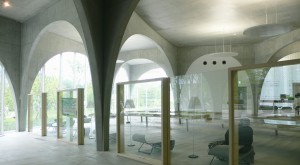 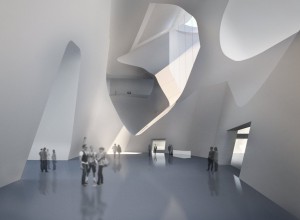
Tama Art University Library, Toyo Ito Tianjin Ecocity Ecology and Planning Museums, Steven Holl Architects
Arguably ‘lighting’ as an architectural topic is now largely determined by the terminology and assumptions of artificial lighting. With the invention of artificial lighting, buildings become less concerned with the environment and site conditions, and therefore more generic.
This thesis challenges the use of natural light for contemporary architecture, which it is not only being a decorative element but more as a form generator. It starts with a series of in-depth studies of recent projects to explore current attitudes to natural light and particular elements they have addressed, in which how different architects perceiving light.
SCALE/ SITE/ SCOPE
The contemporary project studies would bring forward to develop a new perception of light (new cutting method/ elements) for a big mass of public cultural building in Hong Kong, which is being found with monotonous design and less attractive to the public. The building would be demolished and redesigned with the new cutting method/ natural lighting elements, as to enhance the interior atmosphere/ mood and quality while to deal with the existing site conditions.
The site for the thesis has not been finalized but there are some possible site examples could be the Hong Kong Museum of History, the Hong Kong Central Library or the Hong Kong Heritage Museum. The scope of the thesis aims to enhance the cultural building intrinsically and
extrinsically by developing the natural lighting elements into it, to provoke the significance of natural lighting to architecture while to meet evolving needs and solve specific existing
problems.
The Tama Art University Library and Tianjin Ecocity Musuem are good examples of cultural projects which the designs integrate the architects’ own perception of light in them.
WHY?
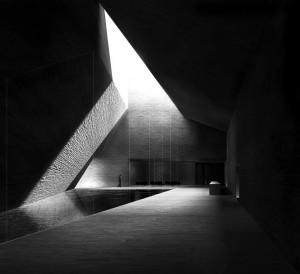 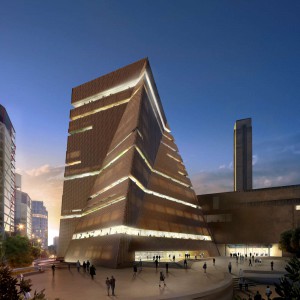 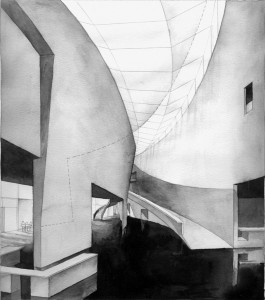
Neanderthal Museum, Tate Modern Extension, Perspective sketch of Kiasma
Barozzi Veiga Herzog & De Meuron Museum, Steven Holl Architects
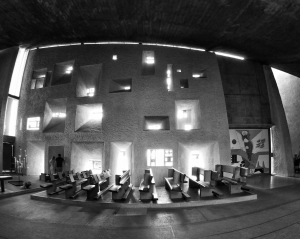 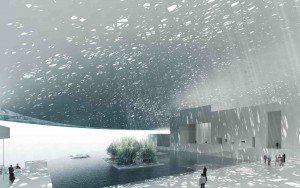
Chapel of Notre Dame du Haut, Le Corbusier Louvre Abu Dhabi, Jean Nouvel
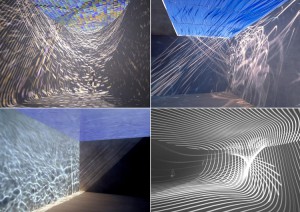 Timescape, Philippe Bompas Timescape, Philippe Bompas
The thesis aim to examine a series of works constructed from the period during which electricity has become a readily available alternative light source, projects that allow it to consider the impact of climatic variation on daylight, and architects who have made light, or the business of making windows, a central concern. These would drive to my own interpreted lighting elements/ cutting method to introduce lighting into architecture.
Given the significance of light to discussion of modernity, “Experiencing Architecture” by Steen Eiler Rasmussen was first published at the end of the 1950s when electricity was displacing natural light in the developed world. It states out how architects were being sensitive to natural light as a power of modeling and how the way it generate subtle spatial transformation. To more recent years, in The Architecture of Natural Light, Henry Plummer looks more closely at how modernist and contemporary architects across the globe are continuing to produce an architecture stripped to its essentials so it can more effectively display the passage of natural light. The idea of new ‘beam of light’ of the Tate Modern is also a good recent refurbishment project. While Steven Holl got his own interest in openings to introduce washes of light that emanate from the folds in space.
The thesis’ intension is to explore why daylighting remains an important if underappreciated skill for architects and why deploying natural light tellingly is a complex but ultimately rewarding endeavour. Architecture cannot be made with daylight without considering the quality and quantity of the particular light that working with. It cannot be well-made without relating the choice of colours or materials, and consideration of how to be viewed.
It remains the task of this thesis to elaborate the depth and complexity of that interpretations of ‘ordinary’ natural light have represented over the last century, in a world where the ‘static moment’ of artificial light too easily keeps the shadows at bay.
HOW?
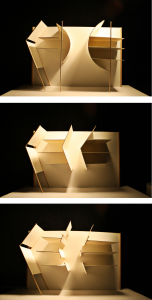 Lighting Study Models, Lau Man Wai Vivian Lighting Study Models, Lau Man Wai Vivian
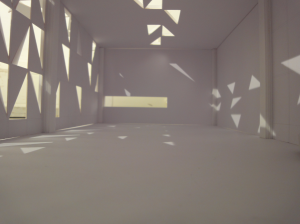 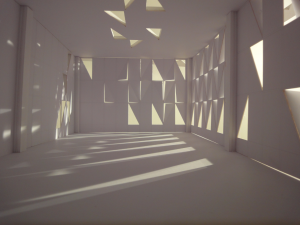
Openings Study Models, Lau Man Wai Vivian
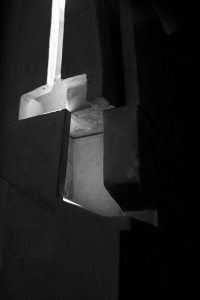 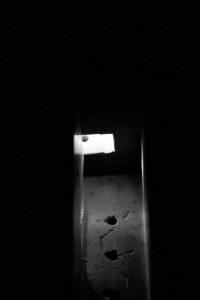 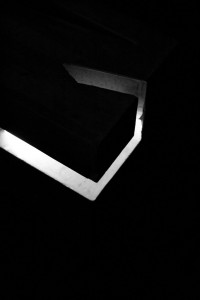
Concrete Study Models, Carlos Pompeo
The thesis would be designing a building form with experimentations on various subtracting methods for light intrusion, to explore the visual perceptions and spatial experiences change
intrinsically with different angle of projection and intensity of light, while to react with the site extrinsically.
- STEP 01 – Begin with case studies with analogue and physical models on precedent projects working with natural light, to understand how natural light are being translated into resonant design decisions and different natural lighting elements/ cutting method of the projects.
(Due 11 Jan) – Study models
- STEP 02 – Site Analysis on climatic variation on daylight, views and specific conditions.
(Due Review 1.0 – 4 Feb)
- STEP 03 – Extrinsic experiments on massings to test out cutting methods and lighting elements for visual perceptions and spatial experiences inside while to respect site conditions.
(Due Review 2.0 – 14 Mar) – 1:500 testing models & sectional drawings
- STEP 04 – Intrinsic design would start based on the results of the extrinsic design, while to further develop into material qualities and program, structural and circulatory design. It would be refined with the integration of extrinsic and intrinsic with the site qualities.
(Due Review 3.0 – 3 May)
– 1:250 detailed model & detailed structural and programmatic drawings.
- STEP 05 – Revision and Refinement, justification with digital modeling and renderings, associated programs and materials along with lighting.
(Due Lockup – 28 May)
– 1:100 detailed model & detailed structural and programmatic drawings.
Bibliography
THEORY:
1. Jan Butterfield, 1993, The Art of Light + Space, Abbeville Press
2. Le Corbusier, 1931, Towards a New Architecture, Courier Corporation
3. Jonathan Hill, 1998, Occupying Architecture: Between the Architect and the User, Routledge
4. William M. C. Lam, 1992, Perception and Lighting as formgivers for Architecture, Van Nostrand Reinhold
5. Mark Major, 2005, The Art of Light and Architecture, Birkhäuser
6. Mary Ann Steane, 2011, The Architecture of Light: Recent Approaches to Designing with Natural Light, Abingdon
7. Claudio Vásquez, 2010, Light in the Work of Le Corbusier, Pontificia Universidad Católica de Chile
8. Peter Zumthor, 1998, Thinking Architecture, Birkhäuser Basel
TECHNICAL:
1. Keller Easterling, 2014, Subtraction, Sternberg Press
2. Steven Holl Architects, Simmons Hall
3. Henry Plummer, 2009, The Architecture of Natural Light, Monacelli Press
4. Tony Fretton, 2000, Into the Void: Herzog and De Meuron’s Tate Modern
5. Steven Holl, 2011, Color Light Time
6. Henry Plummer, 2013, Cosmos of Light: The Sacred Architecture of Le Corbusier
SEMINAL/CURRENT RELATED PROJECTS:
1. Tadao Ando, Church of Light
2. Steven Holl Architects, Tianjin Ecocity Ecology and Planning Museums
3. Barozzi Veiga , Neanderthal Museum
4. Herzog & De Meuron, Tate Modern Extension
5. Neanderthal Museum, Barozzi Veiga
6. James Turrell, Chichu Art Museum
7. Allied Works Architecture, The Museum of Arts and Design
|